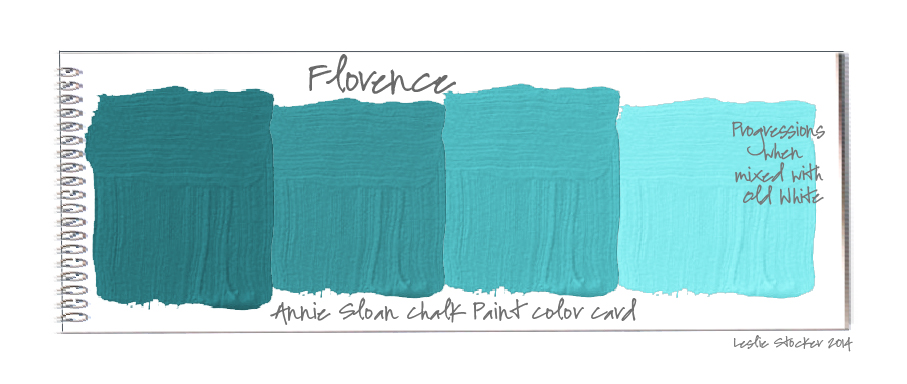Psychologists have been studying color for a long time. In 1960 there was a breakthrough, a psychologist by the name of Charles E. Osgood conducted a series of tests that tested his theory that color effects emotion. After about a year of testing and hundreds of individual studies of all cultures around the world, Osgood wrote this in his final conclusions of results.
…specific assets of certain stimuli [including color] elicit distinct, innate and unconditioned responses.
Osgood went on to study the concept that color can actually elicit an specific emotional response and change your behavior and/or feelings. In doing so – he discovered that the length and density of a light wave (the characteristic of a light that determines color and brightness) is DIRECTLY related to specific emotions. For example, he found that white [which has faster wave forms] causes a higher energetic response of joy and freedom. That’s interesting, more wave forms produces more energy in our emotional state as well? He also found that Blue [which in contrast has slower wave forms] actually stimulates a peaceful and calm reaction. Which is exactly why in a good movie we associate a blue overtone with either peaceful or cold.

Psychological properties of colour
more on the psychology of colour
About Color Trademarks
A color trademark is different. In this case, the color is the brand. The use of the color in a market sector is protected by trademark. For example, when you see chocolate candy in a purple wrapper, you know it's Cadbury: when you see a turquoise box for jewelry, you know it's from Tiffany & Co.
However, Cadbury's purple is protected by trademark only for chocolate products. Anyone else can use the color purple. For example, Royal Motor Oil and Nexium (pills) use purple in their brand.
Until the 1980s, U.S. law refused to recognize a single color as a brand. However, color combinations, had long been protectable. This changed when Owens-Corning launched the "Think Pink" campaign for its fiberglass building insulation. In 1985, a U.S. Court of Appeals in Washington ruled that the company had the right to prevent others from using pink for insulation.
Years later, in another case, the U.S. Supreme Court reiterated that a single color can indeed be a brand, so long as the public strongly associates the color and the specific product and that the color is in no way functional.














